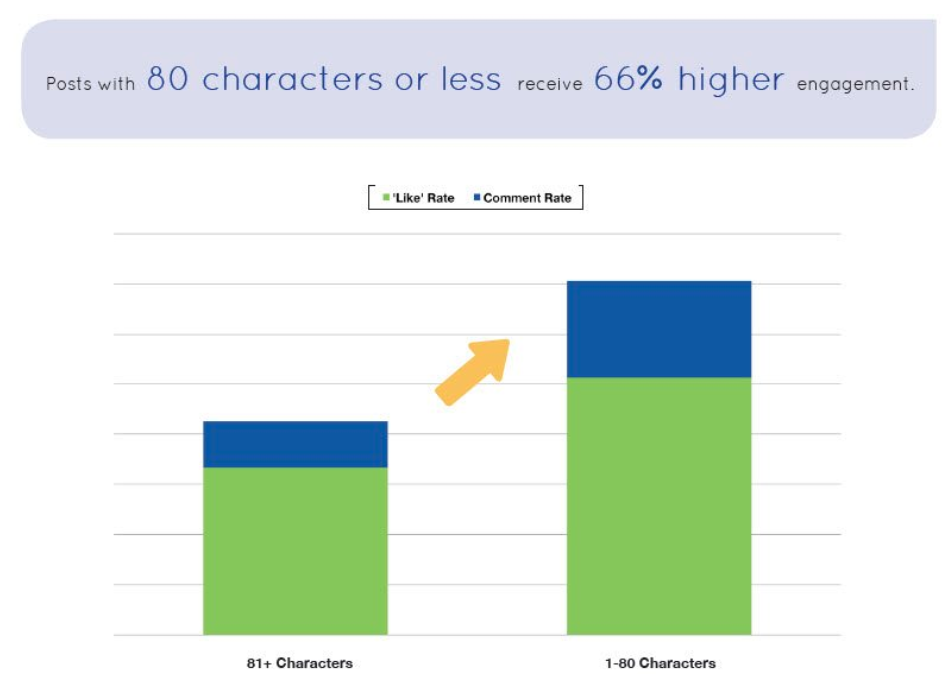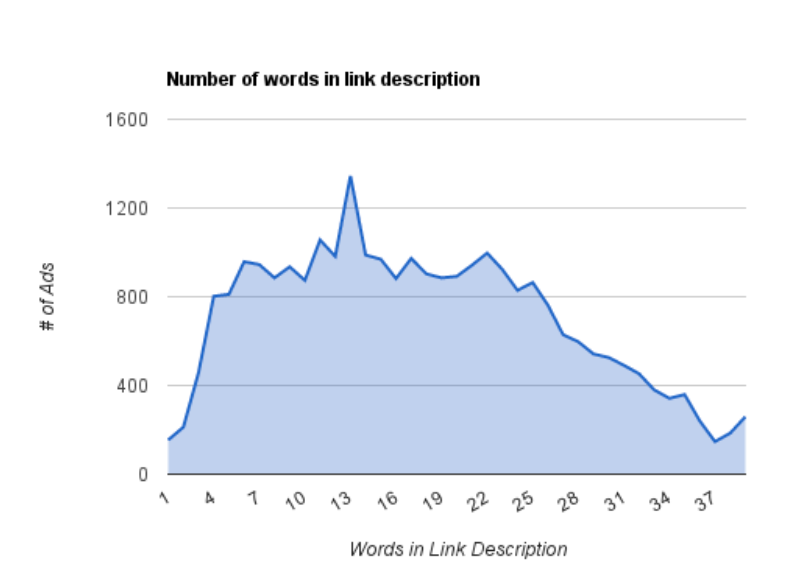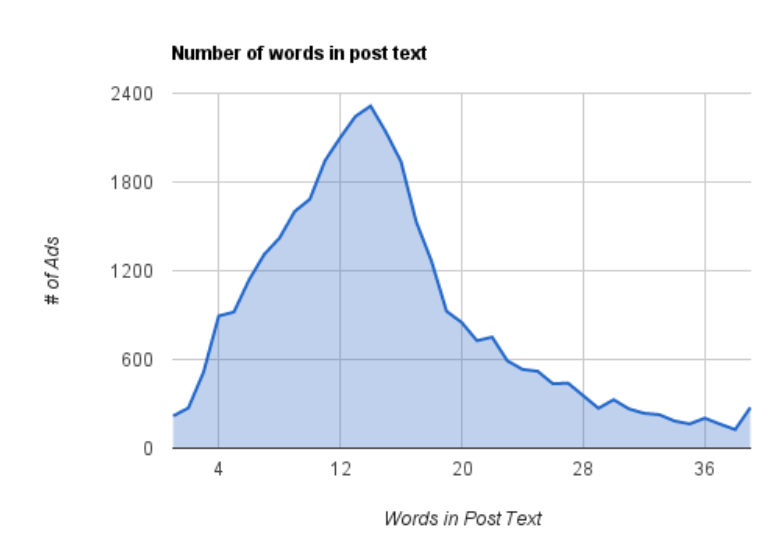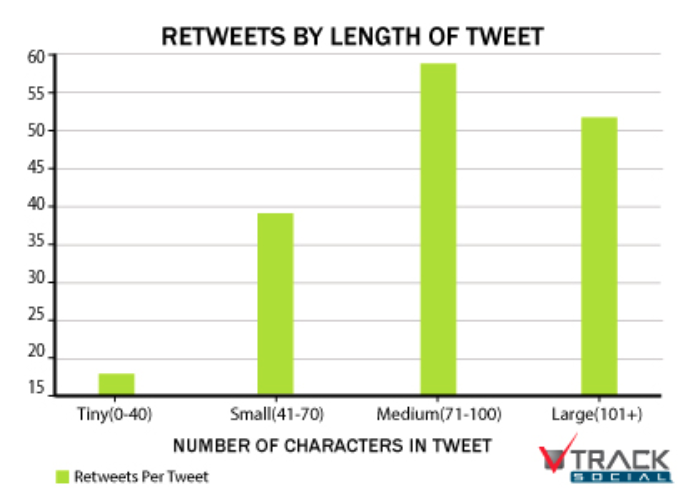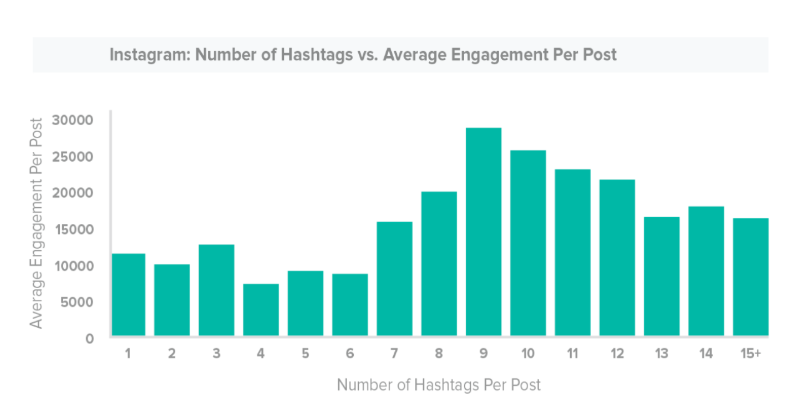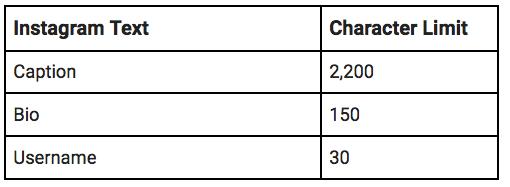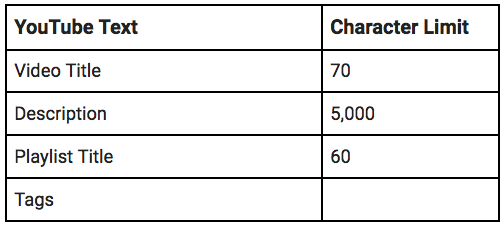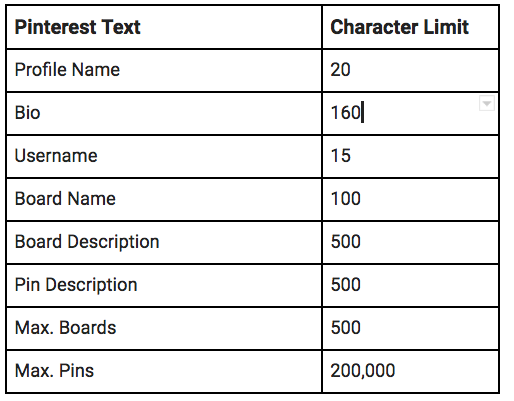There’s no such thing as too much engagement on social media.
https://blog.hootsuite.com/ideal-social-media-post-length/Marketers
This article is a curation of research around ideal character counts (not to be confused with character limits) for posts and other types of content on:
Are you writing too much in your social media posts? Too little? Are your videos too long or not long enough? Optimize the length of your content and you’ll be more likely to engage and convert your audience.
Let’s go.
Bonus: Download a free guide to discover which hashtags to use to boost traffic and target customers on social media. And then learn how you can use Hootsuite to measure results.
The ideal length for Facebook posts
Shorter posts usually receive more likes, comments, and shares on Facebook. People like when a message makes its point quickly and concisely. It’s satisfying.
Organic posts: 1 to 80 characters
In 2016, BuzzSumo analyzed more than 800 million Facebook posts. Based on
their findings, posts with less than 50 characters “were more engaging than long posts.” According to another, more precise
study by Jeff Bullas, posts with 80 characters or less receive 66 percent higher engagement:
There are a couple reasons for this, including increased:
Barrier to entry: Facebook cuts off longer posts with an ellipsis, forcing users to click “See More” to expand the text and read the entire message. This extra step doesn’t seem like much, but it will drive down engagement. Every time you ask the audience to take action, a percentage of people will lose interest.
Barrier to comprehension: the longer a person reads, the harder his or her brain must work to process information. But people don’t like to think. We just want to get it, just like that. Content that demands less work—less cognitive energy—to consume and understand will enjoy higher engagement rates.
Paid posts: 5 to 18 words
Every Facebook ad needs three types of content: a Headline, Main Text, and a Description.
After
analyzing 37,259 Facebook ads, AdEspresso found that ads did best when the copy in each element was clear and concise. According to the data, the ideal length for a:
- Headline, the first text people read, is 5 words.
- Main Text, the snippet above your image or video, is 14 words.
- Description, the text that lives directly below your headline, is 18 words.
Whether the post is organic or paid, brevity seems to drive engagement.
Capitalize on this by keeping your ad copy concise: don’t use two words when one will do. And keep it clear: omit adverbs, jargon, and the passive voice from your copy.
Videos: 30 to 60 seconds
With video, one of the primary measures of success is how long people watch, also known as your
video retention rate.
In 2016, Kinetic Social
tracked 2 billion social ad impressions and found that 44 percent of 30- to 60-second videos on Facebook were viewed to completion. Meanwhile, videos that ran under 30 seconds or over two minutes saw completion rates of 26 and 31 percent, respectively. A more
recent poll, from 2018, showed that 33 percent of Facebook users preferred to watch shorter videos, from 30 to 50 seconds long.
Whenever possible, keep your videos tight.
Careful! Don’t go over the limit:

The ideal length for Twitter
In 2017, Twitter doubled its character limit to help make writing on the platform easier.
“Our research shows us that the character limit is a major cause of frustration for people tweeting in English,”
explains product manager, Aliza Rosen. “When people don’t have to cram their thoughts into 140 characters and actually have some to spare, we see more people Tweeting.”
But just because you have twice the room doesn’t mean people want to see you use it.
Organic and promoted tweets: 71 – 100 characters
Whether you’re running an ad or not, data from
Buddy Media shows that tweets containing less than 100 characters receive, on average, 17 percent higher engagement than longer tweets.
This is, in part, because shorter tweets are easier to read and comprehend. Short tweets also give retweeters enough room to add their own message.
Twitter hashtags: 6 characters
“The best hashtags are those composed of a single word or a few letters,” writes Vanessa Doctor from Hashtags.org. “Twitter experts recommend keeping the keyword under 6 characters.”
Again, this length is about reader comprehension, especially since hashtags don’t support spaces.
Careful! Don’t go over the limit:
The ideal length for LinkedIn
More than 546 million professionals use LinkedIn.
As the platform’s user base grows—making it more and more difficult to win organic attention—marketers must continually optimize their messaging for quality,
timing, and of course, length.
Organic and paid updates: 25 words
The research on this topic isn’t very recent, but Hootsuite finds that, as with all other types of social updates, it’s best to keep LinkedIn updates short. Because of the “See More” button, your message will be cut off at the 140 character mark. As a general rule of thumb, we stick to 25 words or less.
Articles: 1,900 to 2,000 words
Paul Shapiro, founder of Search Wilderness, analyzed more than 3000 of the most successful posts on LinkedIn’s publishing platform. These posts, on average, received 42,505 views, 567 comments, and 138,841 likes.
He discovered that articles with more words perform better.
“Posts between 1900 and 2000 words perform the best,”
writes Shapiro. “[They] gain the greatest number of post views, LinkedIn likes, LinkedIn comments, and LinkedIn shares.”
Shapiro also learned that titles between 40 and 49 characters in length received the greatest number of post views overall:
Videos: 30 seconds
In 2017, LinkedIn gave its users the ability to natively upload videos that play automatically in their followers’ feeds. Unlike other platforms, LinkedIn also shares video data (e.g., viewers’ companies and job titles), making it a valuable resource for marketers.
Technically, videos can go up to 10 minutes, but according to
LinkedIn best practices, videos under 30 seconds perform best. In fact, an internal study found that videos under 30 seconds reported a 200 percent lift in view completion rates.
Careful! Don’t go over the limit:
The ideal length for Instagram
Unlike Facebook and Twitter, Instagram was founded on visual content. The platform was made to showcase compelling pictures and videos, but the right combination of words will promote engagement on any post.
Engagement, of course, is crucial to maximizing your content’s reach, since
Instagram’s algorithm places posts with the most Likes and comments near the top of your followers’ feeds.
Organic Instagram posts: 138 to 150 characters
“A great Instagram caption will ad context, show off your brand’s personality, entertain audiences, and prompt your followers to take action,”
writesHootsuite’s Michael Aynsley. In other words, the most compelling captions add value to a post.
On Instagram, captions can be up to 2,200 characters long, but you’ll only need a fraction of that limit to move the needle. Most people scroll through their feed quickly, so it makes sense to keep your captions clear and concise, punchy.
Brief copy is easy to consume. It also doesn’t get cut off with an ellipsis.
Sponsored Instagram posts: 125 characters or less
Instagram recommends keeping the captions on sponsored posts under 125 characters.
Again, this length supports readability and ensures that the text won’t get truncated.
Instagram hashtags: 5 to 9 per post at less than 24 characters each
Instagram posts can have up to 30 hashtags, making it tempting to stuff each caption with as many as possible. As a marketer, fight this urge. Using more hashtags won’t necessarily yield higher visibility.
And on Instagram, specifically, hashtags with 24 characters or less are the most popular:
Hashtags, like keywords, demand a strategic approach, one that centers around quality not quantity. Stuffing hashtags makes your post look like spam. It can also get your account shadow banned, meaning your posts won’t show up in search results.
Careful! Don’t go over the limit:
The ideal length for YouTube
At the end of the day, YouTube is a search engine, meaning it relies on text to organize and rank the nearly 400 hours of video uploaded to its servers every minute.
Therefore, in addition to optimizing video length, marketers must front load their content’s title and description copy with relevant keywords—and that means keeping an eye on character count.
YouTube videos: 3 minutes
Whether you’re watching videos on YouTube or anywhere else, one of the most important KPIs is retention. How long do people actually watch? Are viewers finishing your videos at a high rate? If so, you’re doing something right.
Speaking of doing something right,
ReelSEO found that the top 50 videos on YouTube are, on average, 2 minutes and 54 seconds.
YouTube titles: 70 characters
“The title of your video is probably the most important SEO factor to consider,”
writes Brendan Cournoyer, marketing VP at Brainshark. “Titles for YouTube videos should include relevant keywords to ensure high rankings in Google and YouTube search, while still being compelling enough to encourage clicks and views.”
Cournoyer recommends keeping titles within 70 characters, including spaces. Anything longer will be cut off in search results.
Descriptions: 157 characters
“The Description field in YouTube represents another opportunity to let search engines know what your video is about,” explains Cournoyer. “These descriptions also appear as rich snippets in search results [and] can help encourage more clicks to your content.”
Cournoyer recommends keeping the first line of the description brief, compelling, and rich with keywords, as only the first 157 characters will appear as a snippet in search.
Careful! Don’t go over the limit:
The ideal size and length for Pinterest
On Pinterest, image size matters.
So does the length of your description.
Pinterest images: 735 X 1102 pixels
According to Pinterest best practices, images on the platform should have a minimum width of 600 pixels and a 2:3 aspect ratio, which is how the height and width of an image relate.
For example, a 2:3 aspect ratio would be 600 pixels wide by 900 pixels tall.
Descriptions: 200 characters
Studies show that descriptions containing about 200 characters receive the most repins:
This is your chance to add context, to
persuade and sell. It’s your chance to tell a story and conjure emotion, to make a promise. The description is your chance to compel.
Careful! Don’t go over the limit:
